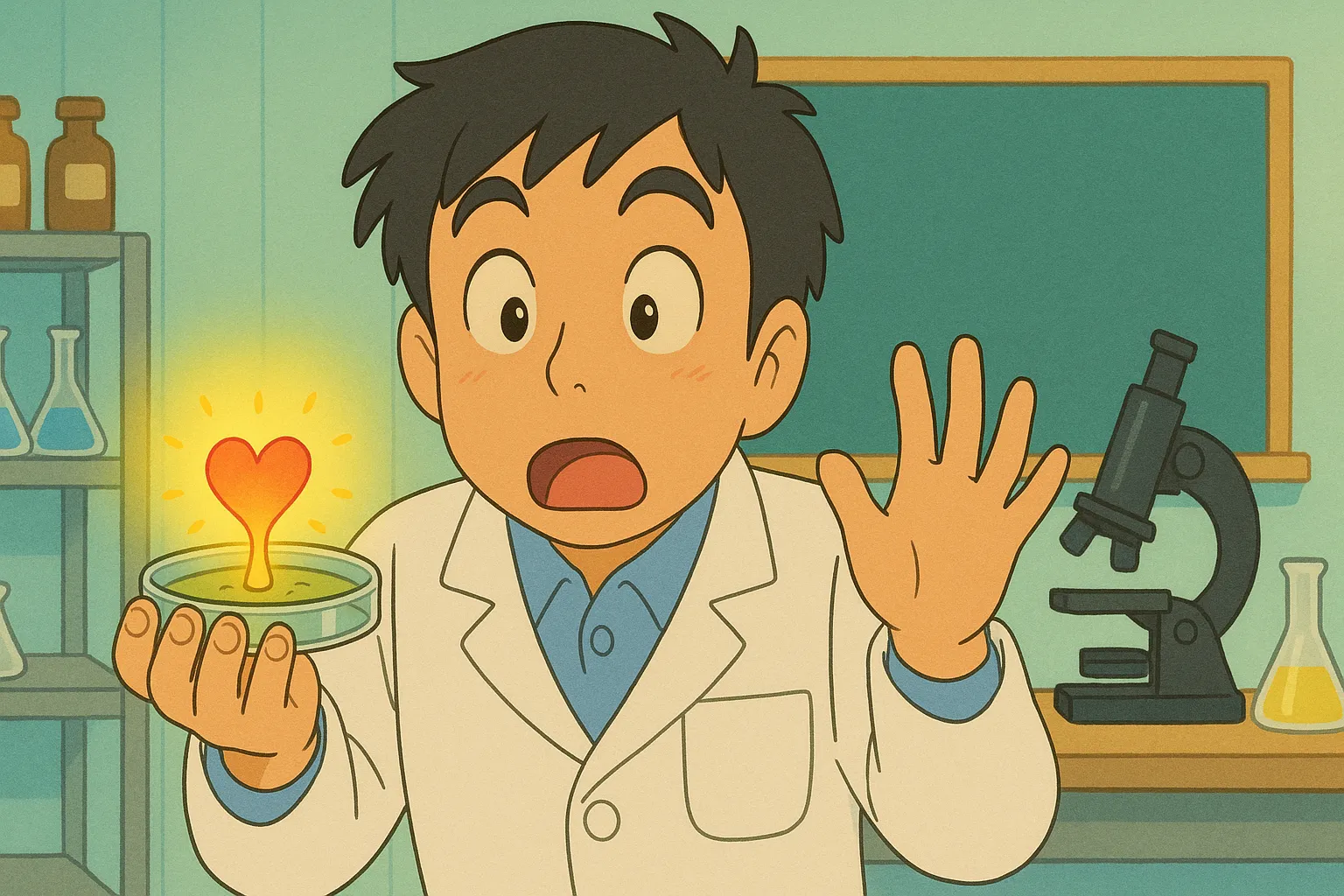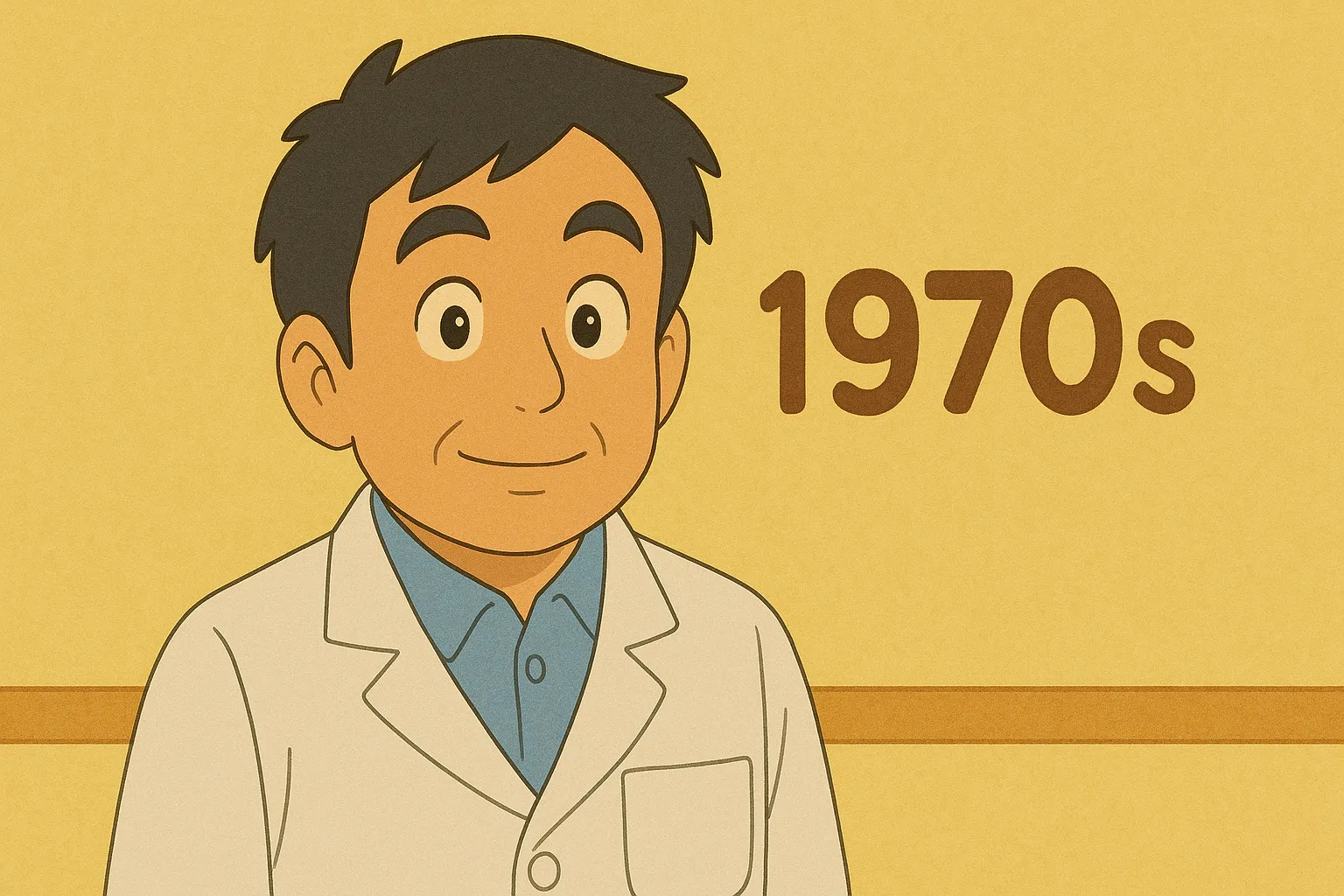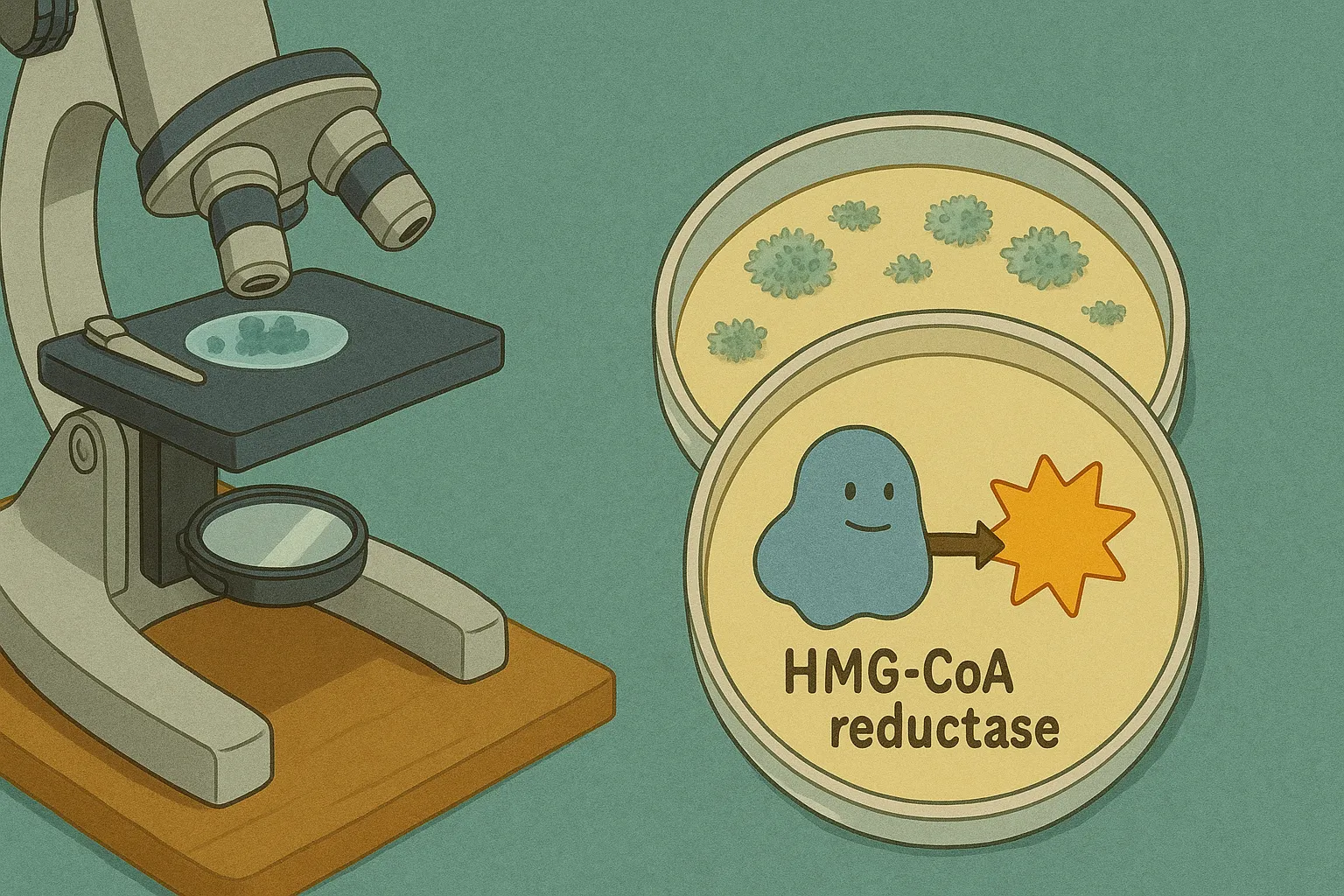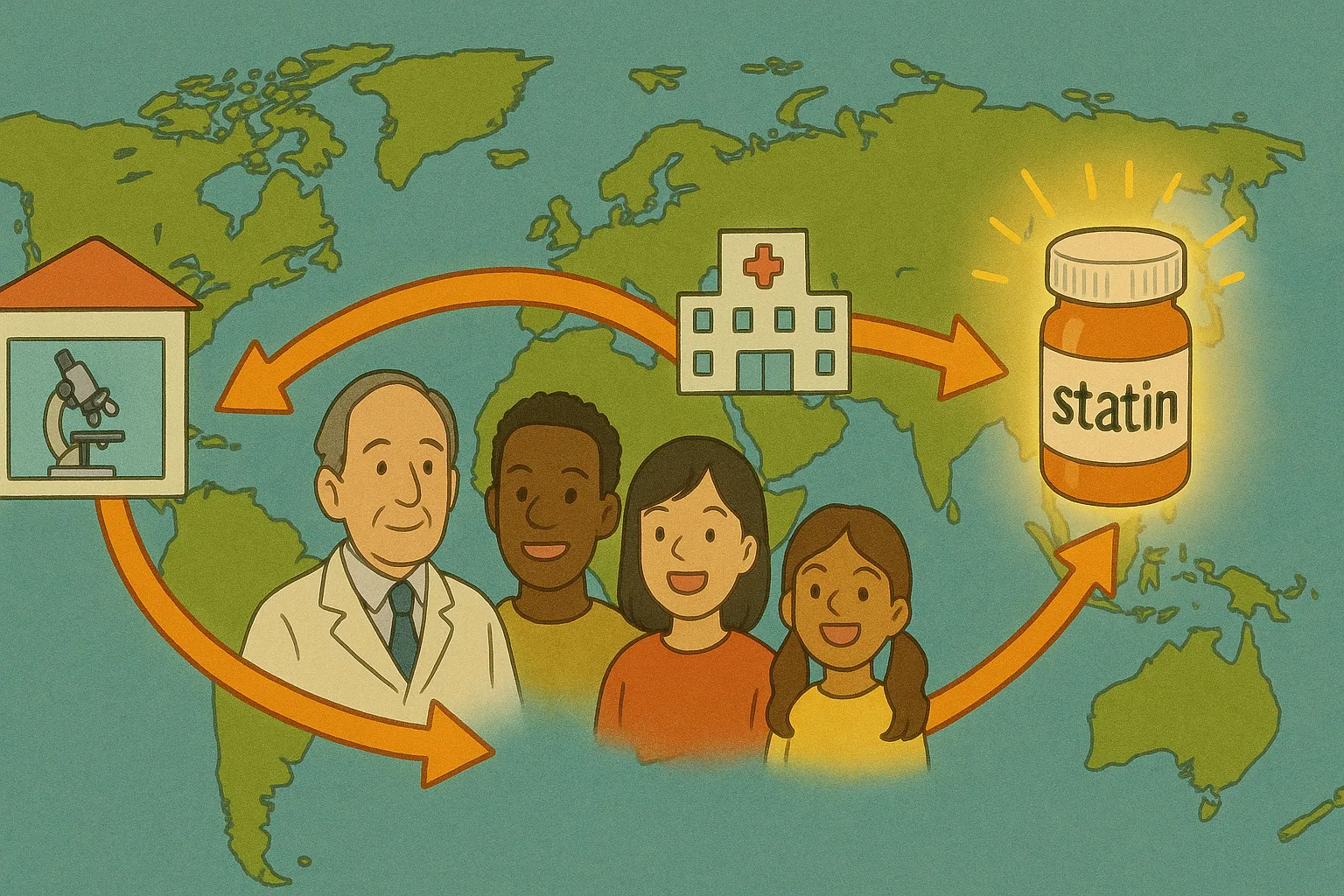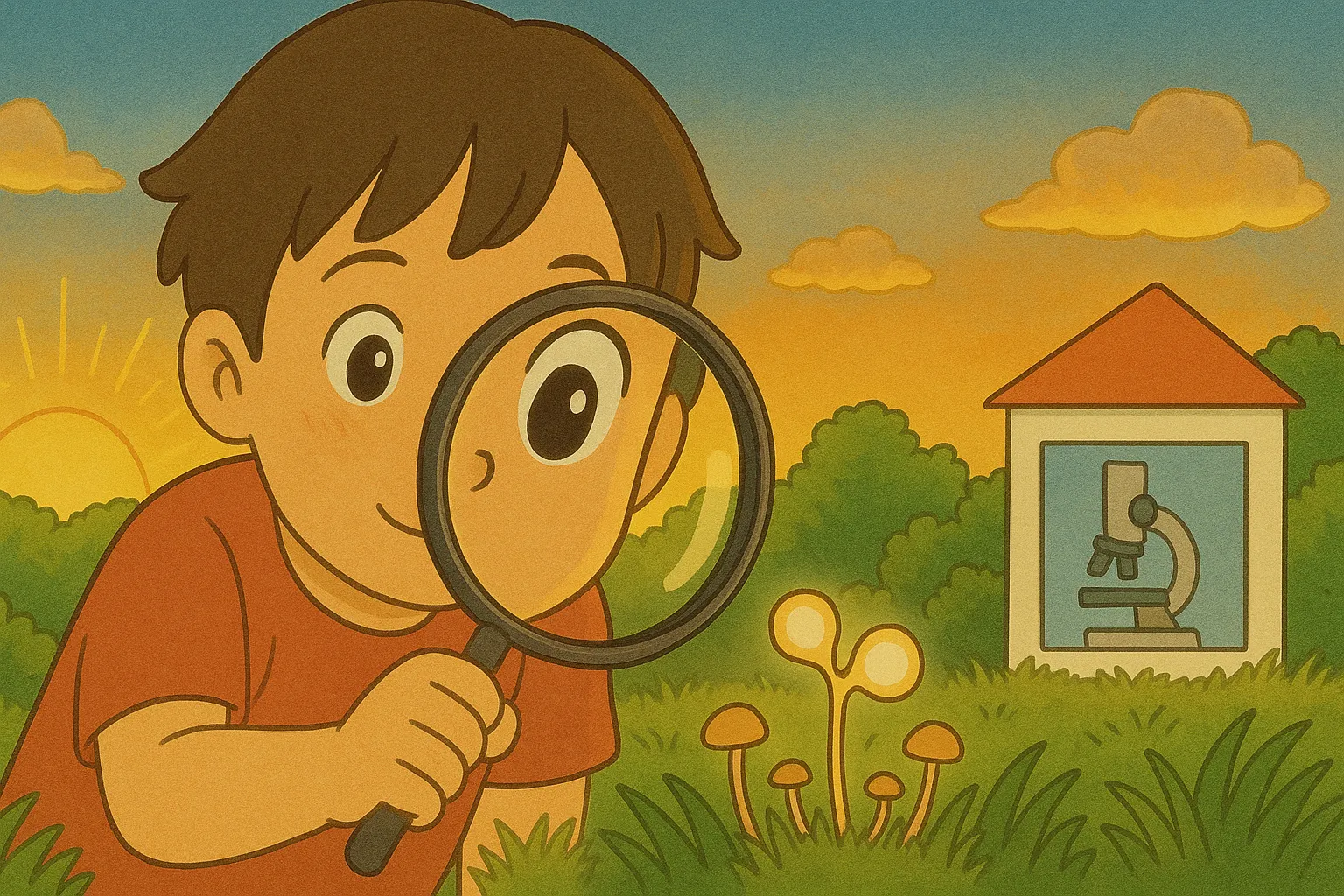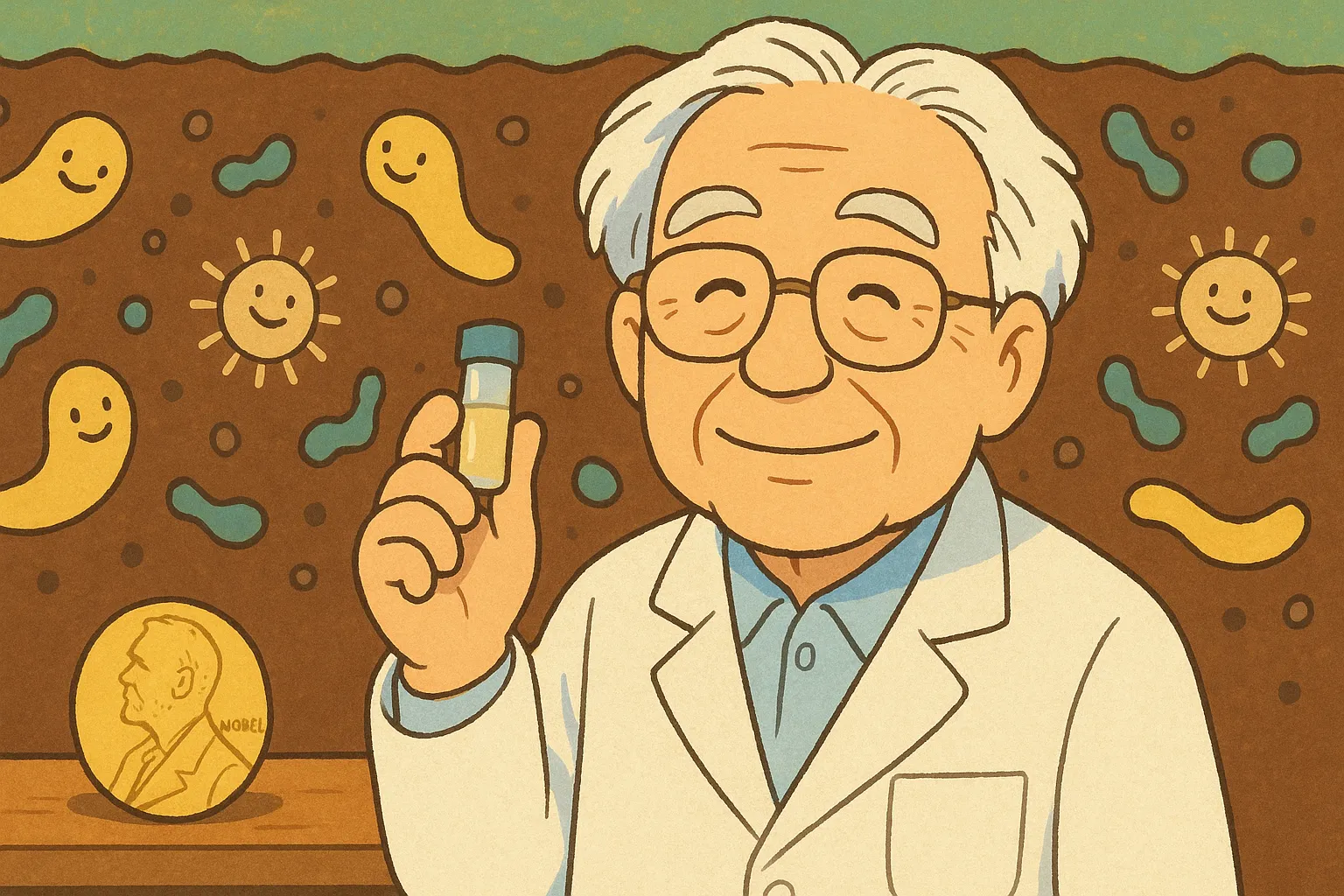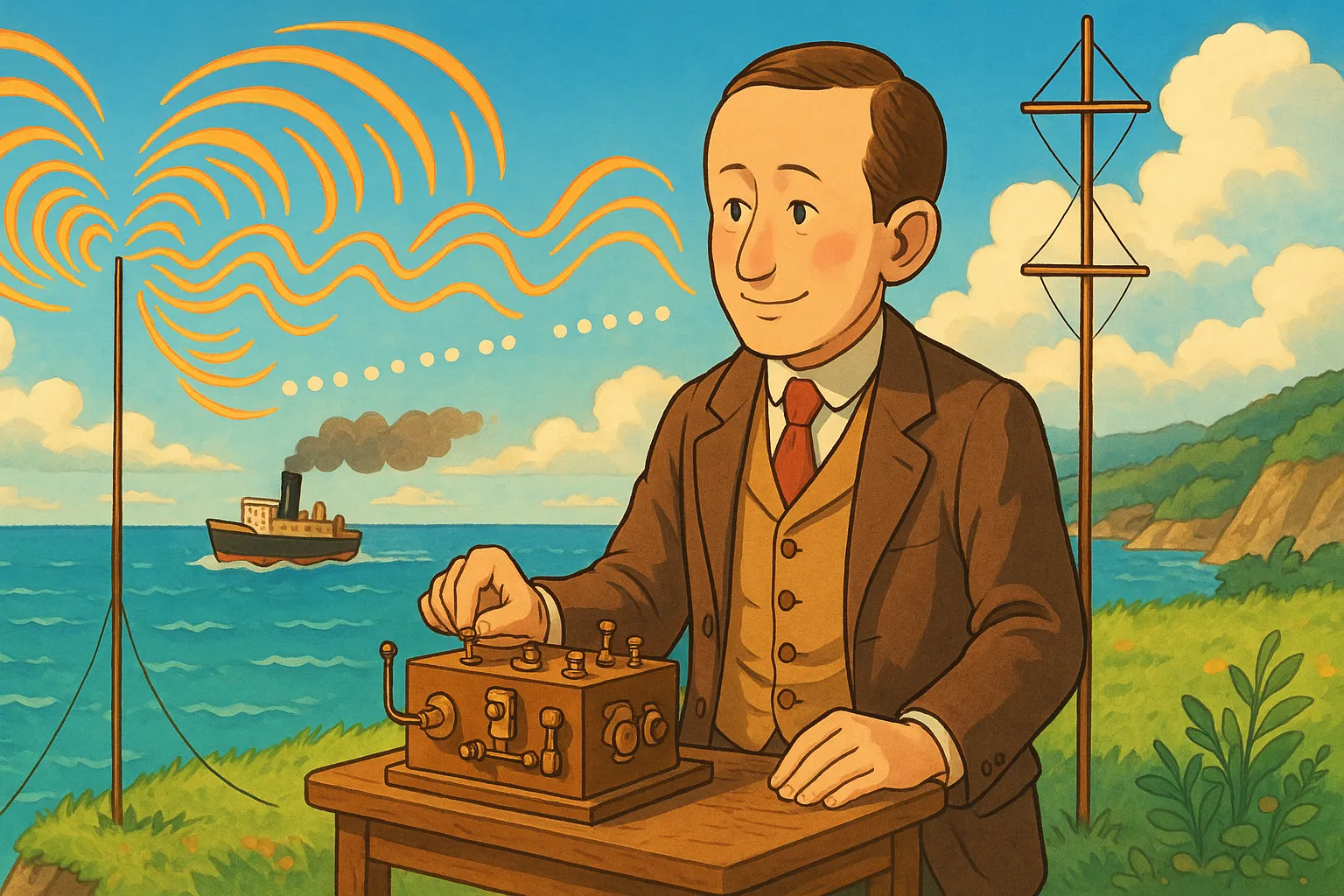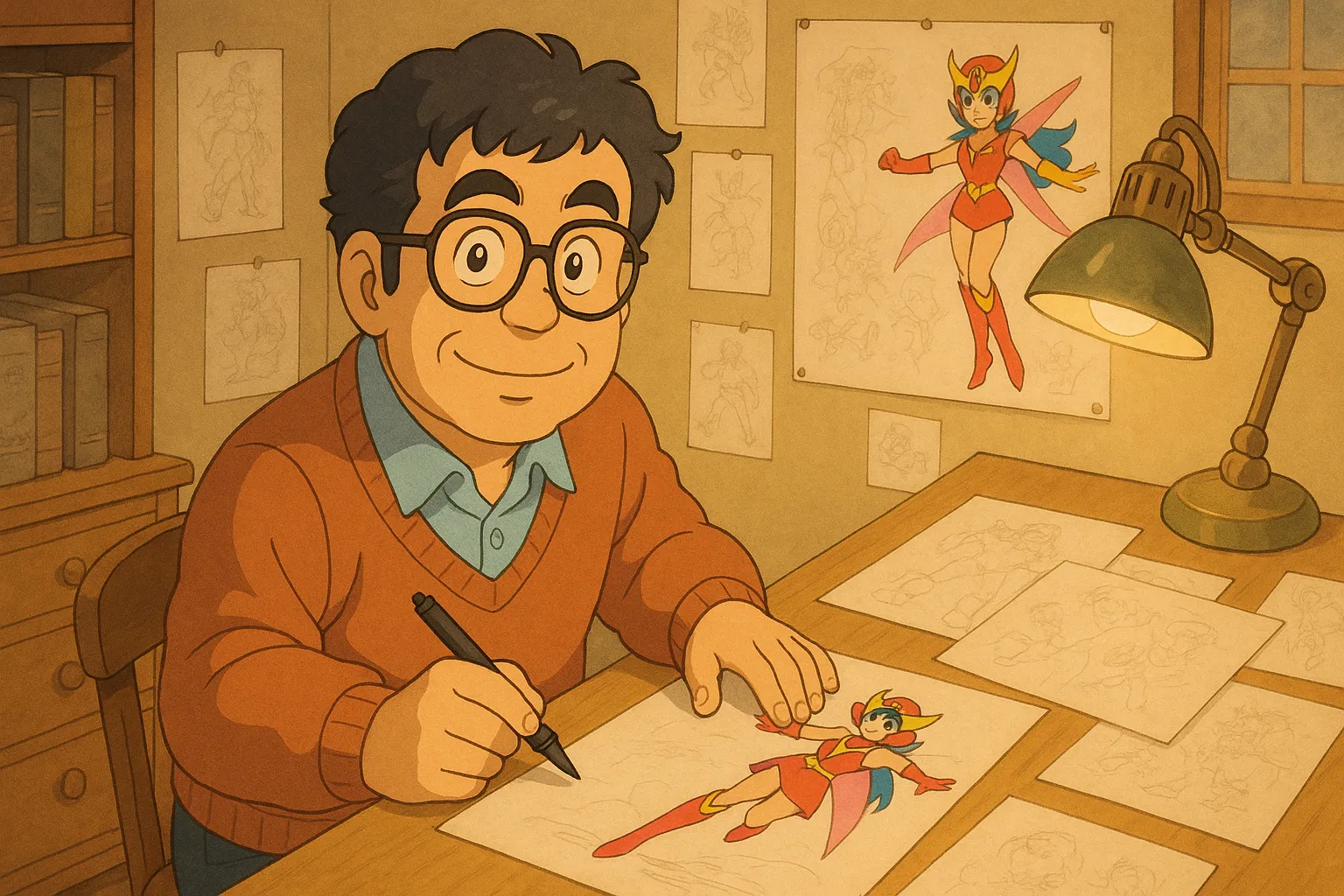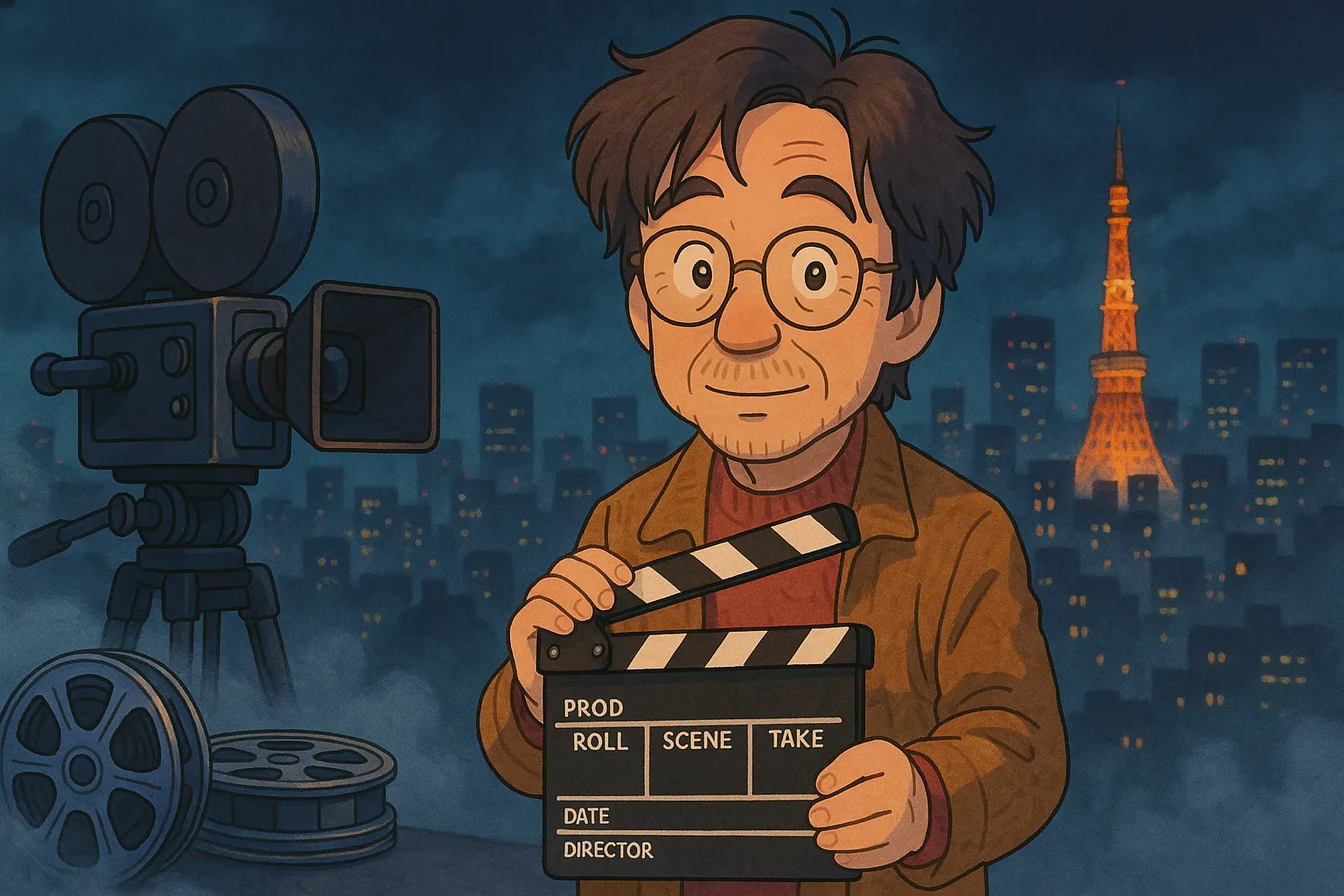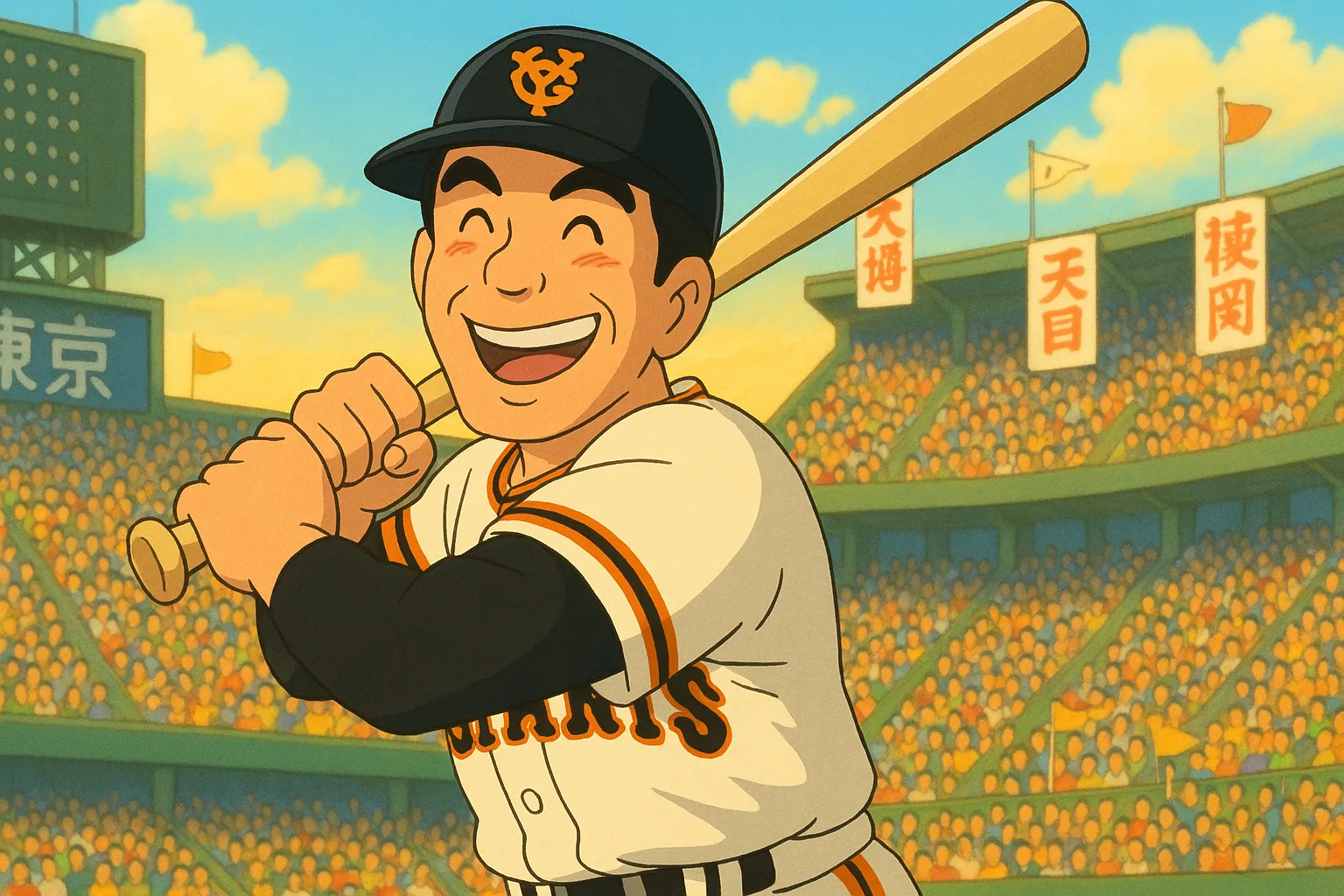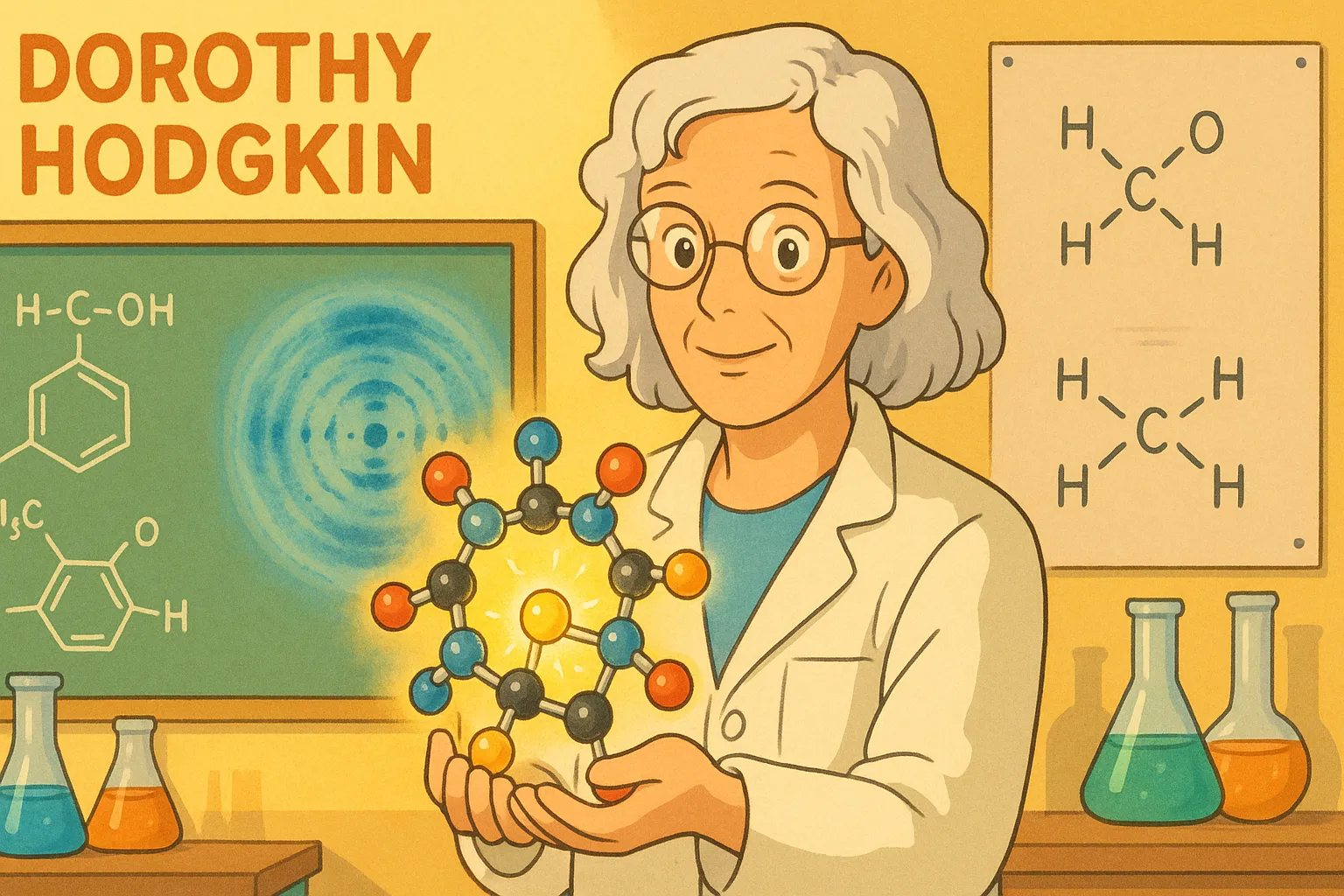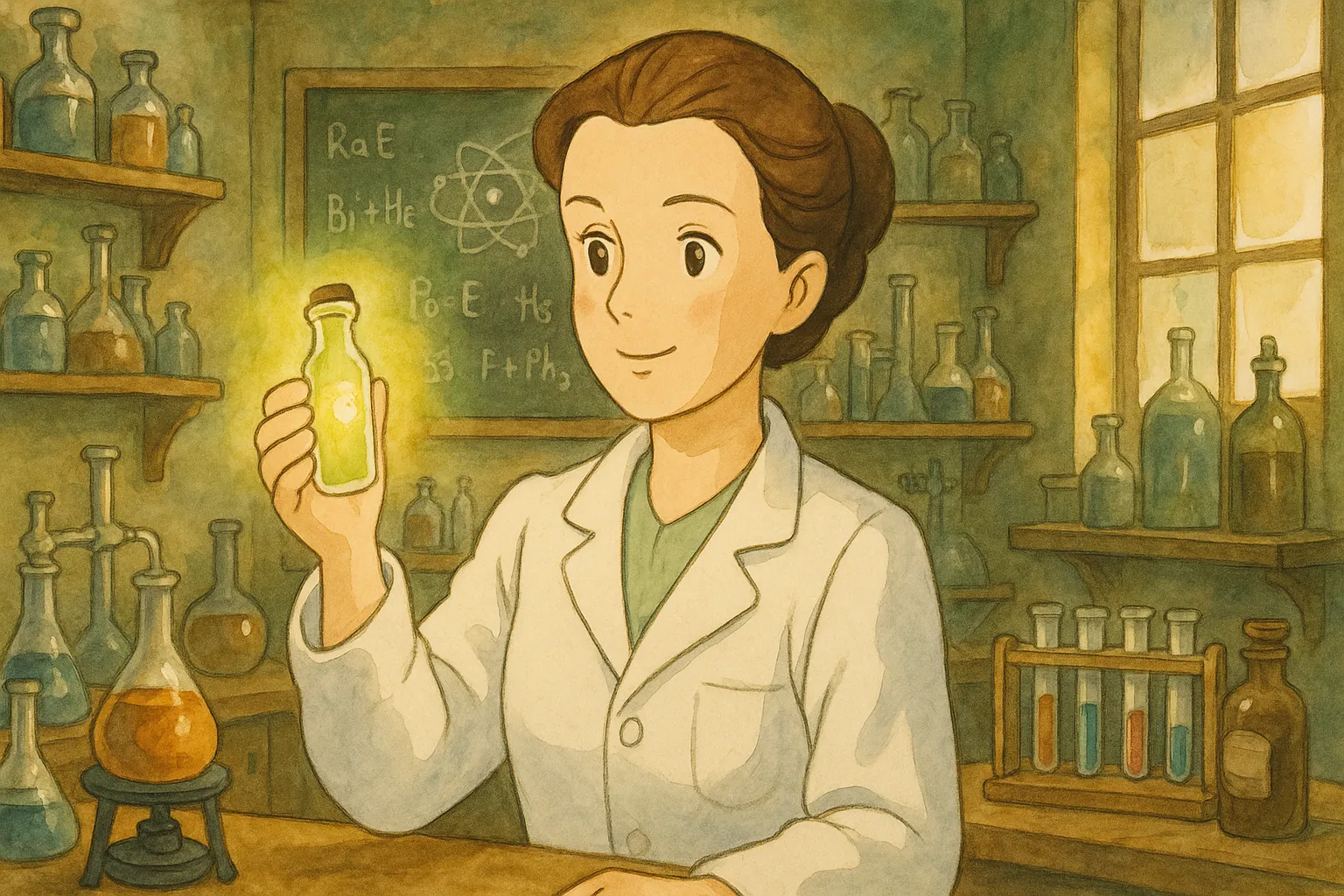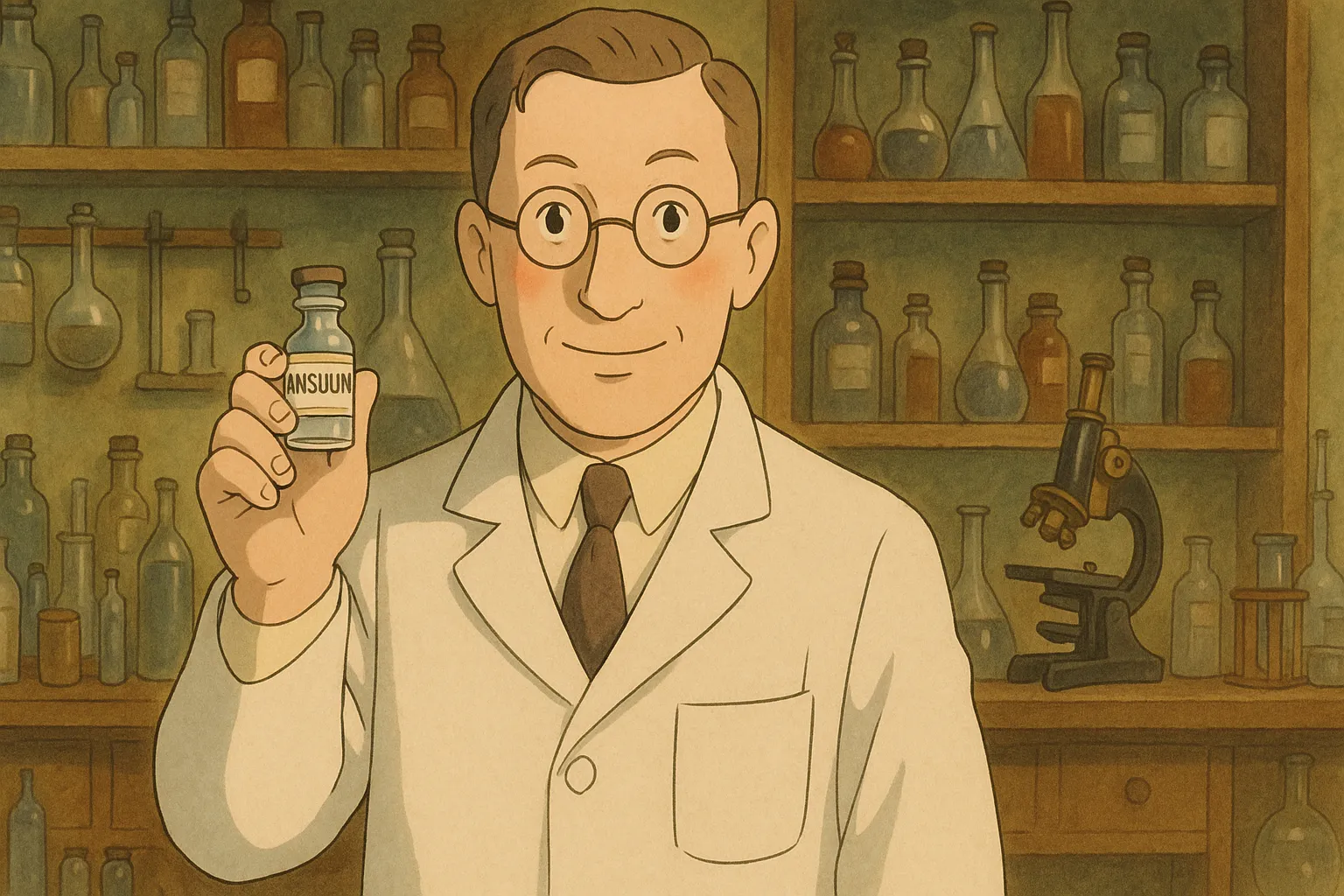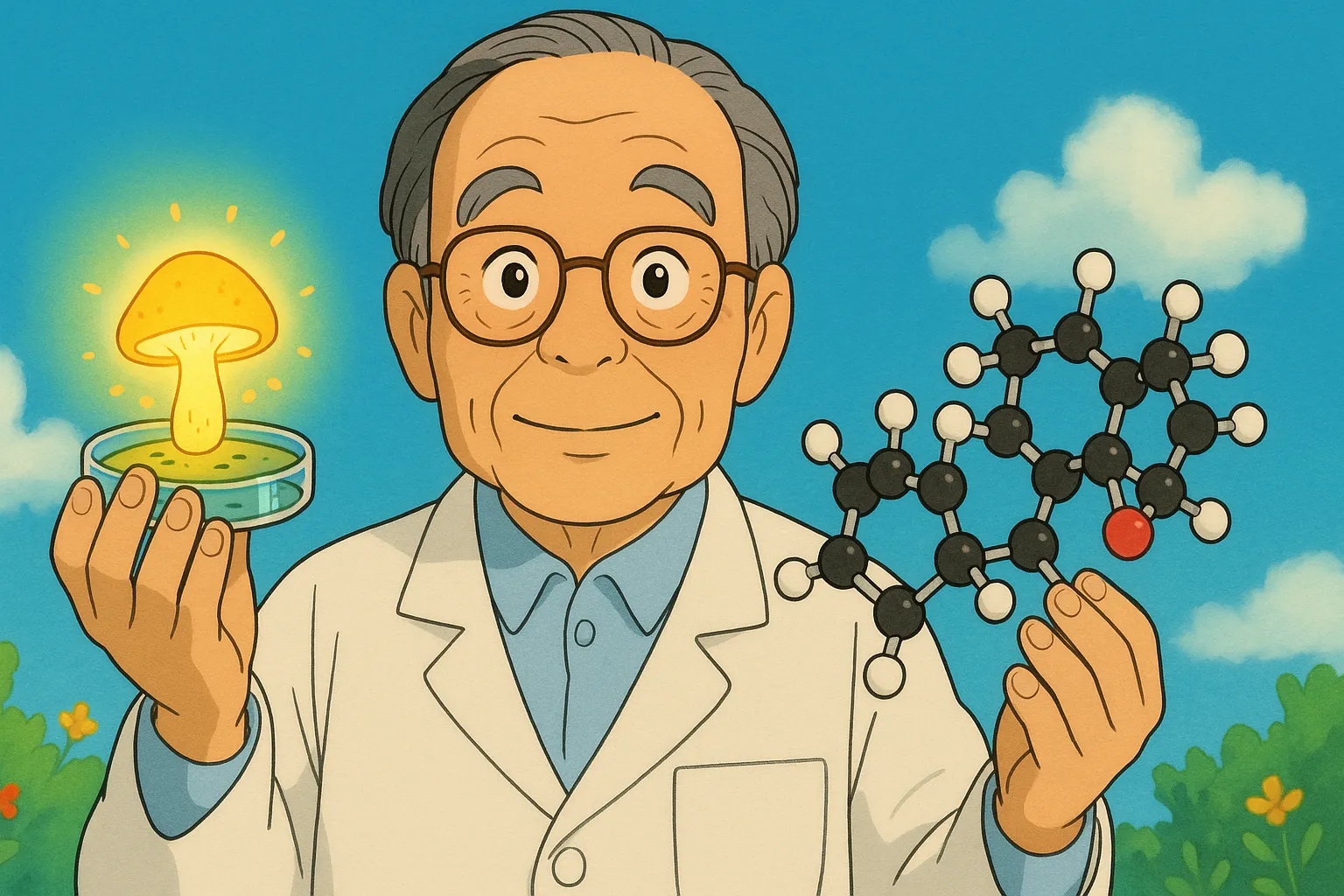
Frequently Asked Questions
What is a statin?
A statin is a medicine that lowers 'bad' cholesterol by blocking the enzyme HMG-CoA reductase, helping reduce the risk of heart attacks and strokes.
How did Endo discover it?
In the early 1970s he studied fungi and tested many natural compounds in the lab until he found one that blocked cholesterol production.
Did his discovery become a medicine right away?
No. Turning a lab finding into safe drugs took many more years of research, safety tests, and clinical trials before doctors prescribed statins.
Can kids follow his example?
Yes! His story shows curiosity, patience, and careful experiments can lead to big discoveries—start by asking questions and learning how experiments work.
